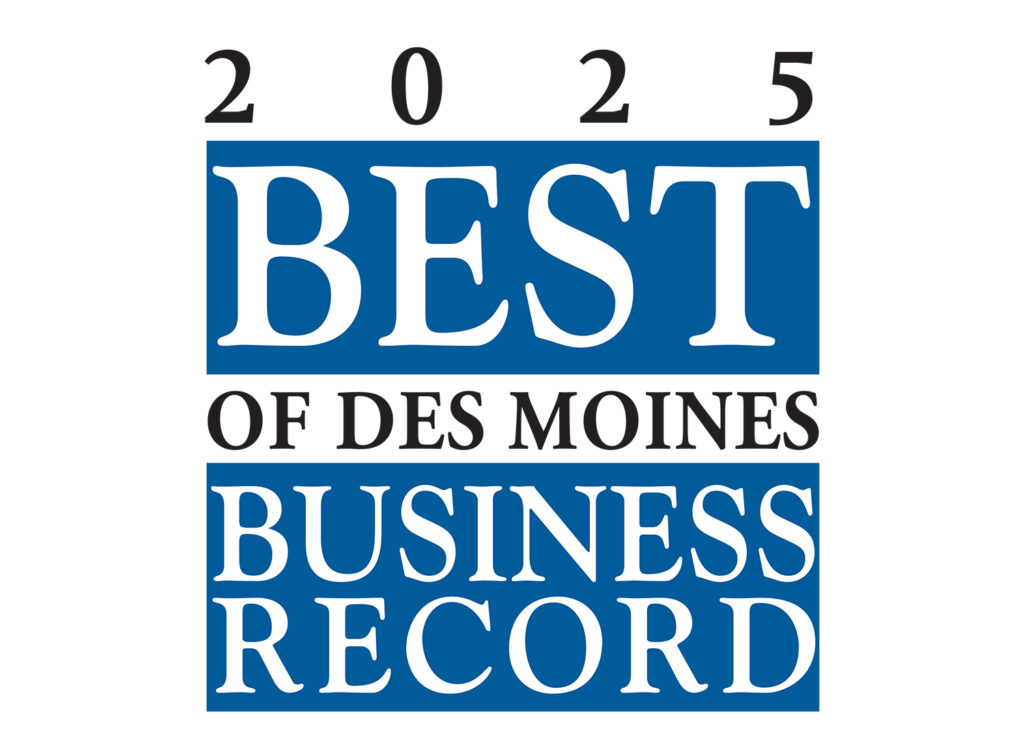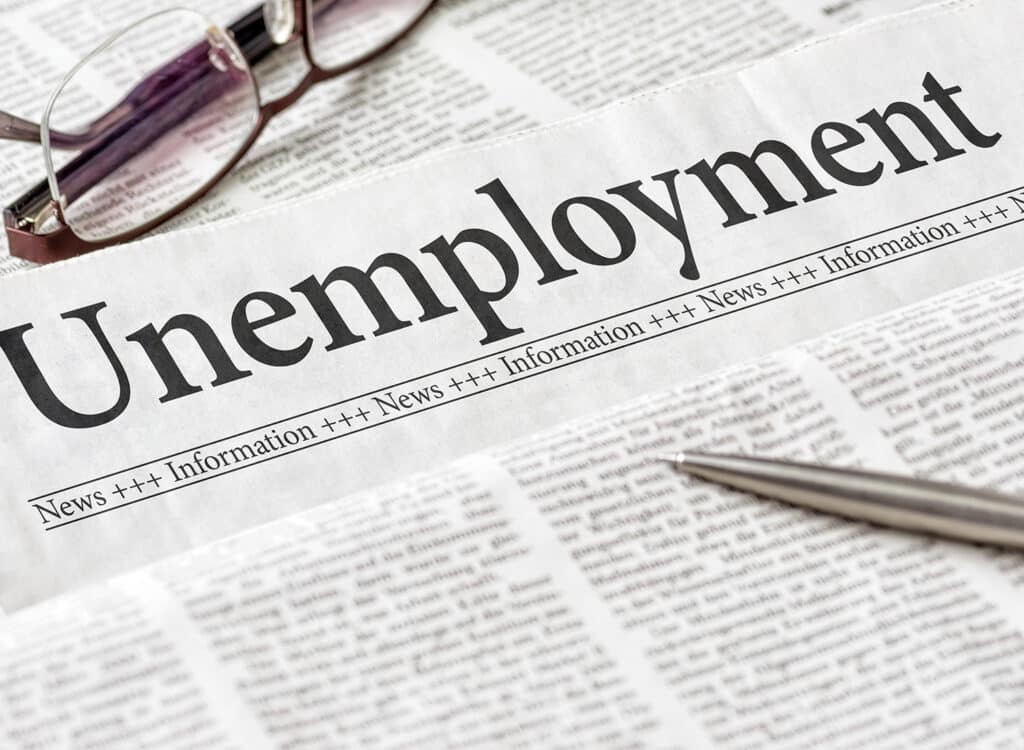High inflation to stick around until 2024, Chamber economist tells DMDC participants

BPC Staff May 13, 2022 | 7:59 pm
4 min read time
1,026 wordsAll Latest News, Economic Development, Statewide NewsCurtis Dubay, chief economist at the U.S. Chamber of Commerce, discusses inflation and the chance the economy could slip into recession. He spoke as part of the Greater Des Moines Partnership’s DMDC 2022 trip to Washington, D.C., this week. Photo submitted by the Greater Des Moines Partnership
Inflation may not drop to 5% until the end of this year, and it could take at least two years for it to drop to the Federal Reserve target of 2%, the chief economist for the U.S. Chamber of Commerce told participants in the Greater Des Moines Partnership’s DMDC 2022 trip this week.
Curtis Dubay gave his projection Wednesday as part of the U.S. Chamber’s briefing to the more than 180 people who joined the Partnership on its trip to Washington, D.C., to advocate for its federal policy priorities while providing opportunities for networking and learning more about how the federal government works.
It was the first time in three years the Partnership has taken the trip in person. In 2020 the trip was canceled and programming was held virtually. It was canceled again in 2021, but a smaller delegation traveled to Washington in September to meet with Iowa’s congressional delegation and their staffers.
On Wednesday, Dubay gave an overview of the current state of the U.S. economy and covered issues ranging from inflation to workforce shortages and supply chain disruptions.
“From a high level the economy is doing well, all things considered, and there’s a lot to consider,”’ he said.
He said the economy contracted in the first quarter with growth at negative 1.4%.
“That negative growth comes because of big swings in trade flows and a drawdown in inventories,” Dubay said. “If you look at consumer spending and business investment, the economy grew at 3%, so don’t be too misled. It’s never good news when you have a negative growth rate, but when you dig into it, the story isn’t as bad as the headline number shows.”
Dubay said he’s expecting to see growth at around 2% this year.
“If I would have told you in February 2020 that the economy would grow 2% in 2022, you would have taken that,” he said.
He cited strong growth in wages and jobs as the catalyst for that growth. He acknowledged there have been bumps along the way as the country navigated the coronavirus pandemic.
“So, all things considered, 2% growth is pretty decent,” Dubay said. “When I say 2% growth, that’s accounting for inflation. That’s real growth above the inflation rate.”
Inflation, which was 8.3% in April, is the biggest “headwind” facing the economy, leading to calls that a recession is coming, which Dubay said he thought was unlikely, at least in the short term.
Dubay said supply chain issues are putting upward pressure on prices, with demand outstripping supply. Workforce shortages continue as the U.S. has 5.6 million more job openings than people to fill them. And the Federal Reserve kept interest rates at 0% starting in February 2020 and pumped $5 trillion into the financial system to prevent a financial crisis during the pandemic.
“Not only did they succeed in preventing a financial crisis, they made it so the U.S. had a very strong recovery from the recession. We lost 33% of the economy in the second quarter of 2020. Since then, we’ve grown well. The labor market has repaired itself. Wages have grown strong and we’ve had a very strong, robust recovery that the rest of the world is envious of.”
But “this was always going to lead to inflation,” Dubay said.
He said the Federal Reserve was hoping the country would move past COVID-19 and start to have growth, and then it would slowly withdraw the support without causing as much harm.
“The U.S. economy recovered very quickly and inflation is taking off more quicker than anyone expected,” Dubay said.
That happened as vaccines became available, the country was still in the midst of the pandemic, and the economy was still tenuous, he said.
“So they couldn’t withdraw the support, and they had to muddle through until it became acute and they couldn’t do anymore,” Dubay said. “They could no longer say inflation wasn’t a major factor and no longer deny that they needed to change their stance.”
As a result, the Fed recently raised interest rates on federal funds by 0.5%, and Dubay said he expects it to raise rates another half percentage point in June or July and maybe again before the end of the year.
“So they are shifting into an anti-inflationary stance,” he said.
Dubay said he believes inflation will go down by the end of the year as supply chain issues improve and the effect of the Federal Reserve actions are felt.
He said energy prices and food prices will remain elevated until later in the year. Housing prices also have risen 20% and prices for other products, such as new and used cars, also are up and will remain elevated for several months, he said.
He said there are two ways inflation can lead to a recession.
One is that consumer spending can’t keep up with the rate of inflation, which he said hasn’t been a problem yet, because savings exploded during the pandemic — $2.15 trillion more than normally would have been saved, he said.
That savings was the result of expanded unemployment benefits, suspension of student loan payments, and mortgage and rental relief, Dubay said.
People also spent less as the service economy fell off.
“In the short term I’m not too fearful of being pushed into a recession because of a contraction in real spending,” he said.
The second way inflation can lead to a recession is if the economy contracts as a result of the higher interest rates.
“Eventually, the higher rates cause a pullback in real activity for consumers and businesses, and that usually takes a little longer,” Dubay said.
He said he’s also not concerned about that happening because even with recent increases, interest rates have been historically low since 2007.
“So there’s a lot of room for the Fed to raise rates before it really starts to bite,” Dubay said.










